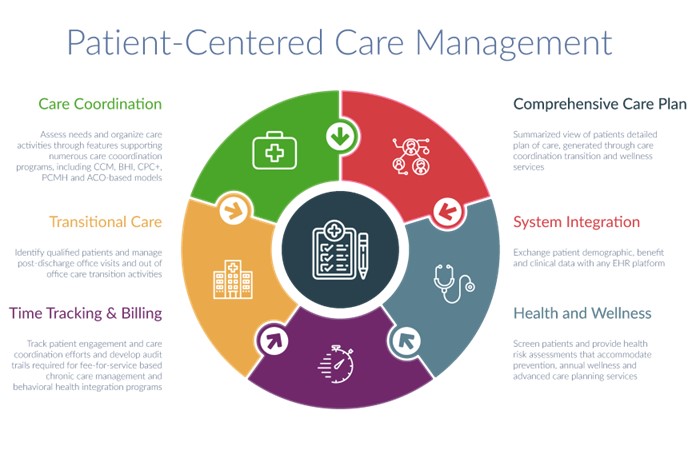The nurse is providing discharge instructions for a client with a visual impairment.
What are appropriate interventions for clients with visual impairments? (Select all that apply).
Identify yourself.
Ensure adequate lighting.
Speak louder.
Avoid talking to other people in the room.
Provide discharge instructions in large print.
Correct Answer : A,B,E
CHOICE A. It is important to identify yourself when interacting with a client with a visual impairment so that they know who they are speaking with.
CHOICE B. Ensuring adequate lighting can help the client to see better and make use of any remaining vision they may have [B].
CHOICE E. Providing discharge instructions in large print can make it easier for the client to read and understand the information
CHOICE C. Speaking louder is not necessary for clients with visual impairments unless they also have a hearing impairment
CHOICE D. Avoiding talking to other people in the room is not necessary and may make the client feel excluded from the conversation
Nursing Test Bank
Naxlex Comprehensive Predictor Exams
Related Questions
Correct Answer is D
Explanation
Collaborate with the client and provider to develop a client-centered plan of care.
It is important for the nurse to respect the client’s cultural and religious beliefs while also ensuring that his medical needs are met.
By collaborating with the client and his healthcare provider, the nurse can help develop a plan of care that takes into account the client’s desire to fast during Ramadan while also managing his diabetes.

Choice A) Educating the client that fasting is not an option is not respectful of the client’s beliefs and may not be effective in promoting adherence to treatment.
Choice B) Telling the client not to take his insulin the night before is not appropriate as it may result in uncontrolled blood sugar levels.
Choice C) Informing the client that he will need to change his lifestyle completely is not a client-centered approach and may not be effective in promoting adherence to treatment.
Correct Answer is B
Explanation
Asking “What types of food do you eat for meals and between meals?” is considered a culturally sensitive question because it shows respect for the individual’s dietary habits and preferences.
Choice A is not correct because asking “Are you required to pray in a certain way at certain times?” may come across as intrusive or judgmental.
Choice C is not correct because asking “Are you familiar with the way we prepare meals?” may come across as presumptuous or dismissive of the individual’s cultural background.
Choice D is not correct because asking “Are you okay with not having kosher meals?” may come across as dismissive of the individual’s dietary needs or religious beliefs.
Whether you are a student looking to ace your exams or a practicing nurse seeking to enhance your expertise , our nursing education contents will empower you with the confidence and competence to make a difference in the lives of patients and become a respected leader in the healthcare field.
Visit Naxlex, invest in your future and unlock endless possibilities with our unparalleled nursing education contents today
Report Wrong Answer on the Current Question
Do you disagree with the answer? If yes, what is your expected answer? Explain.
Kindly be descriptive with the issue you are facing.
